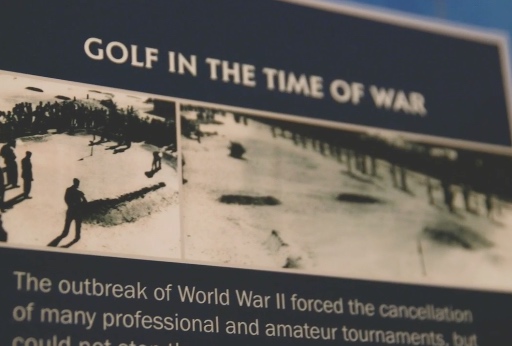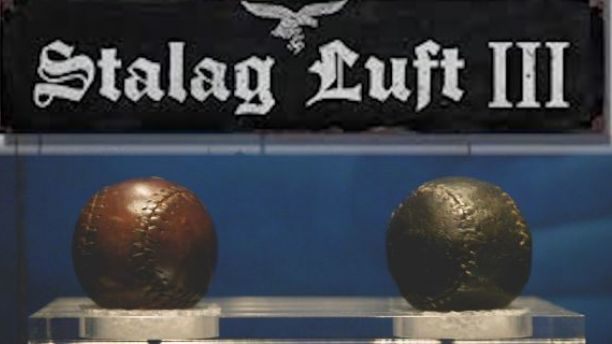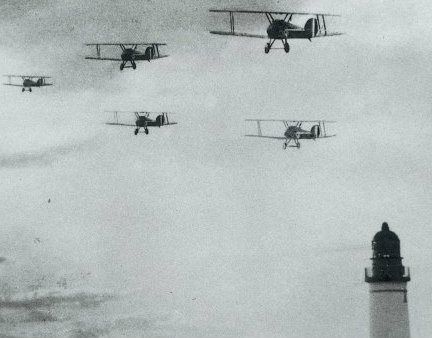Special Report
Latest > How golf helped WW2 Nazi prisoners get through the war
Nov 24th, 2018
How golf helped WW2 Nazi prisoners get through the war
Is there anything this great sport can't do?
Words: Tim Southwell
Golf, is there anything it can't do?
Allied prisoners at the infamous Stalag Luft III, used golf to help them persevere through the war. Stalag Luft III was best known for the famous Great Escape prisoner breakout in 1944, which was immortalized in the Hollywood movie of the same name. We never saw anyone swinging the wrenches in the movie but through good old ingenuity and some help from the Red Cross, prisoners set up golf holes around the perimiter of the camp, many with bunkers.

In 1942 the USGA suspended all golf championships for the duration of the war, but golf was to find a way, even in the unlikely confines of a prison camp.
“American and British prisoners really wanted a way to preserve their humanity, and a lot of that was through sports, and in particular, golf,” said Mike Trostel, a senior content producer at the USGA. “The German guards in this POW camp allowed the prisoners to build rudimentary golf holes.”
The POWs designed their makeshift golf course using everything from tree stumps to telephone poles for the holes. The American Red Cross sent golf clubs to the British and American POWs at Stalag Luft III. They weren't able to send golf balls, however, due to the wartime rations on rubber. So what did the POWs do? They took apart their boots and made golf balls out of them.
“The soldiers took the leather from the top of their boots and stitched it together, almost like a baseball, to create the outer shell of the golf ball,” explained Trostel. “Then, to create the core of the ball, the soldiers shaved the rubber soles from the bottom of their boots into really small pieces, and stuffed the shavings in the middle.”
We're not exactly talking ProV1 here but the makeshift balls were pure of flight and very durable, proving invaluable in reducing boredom and mental illness.

“Even in the toughest circumstances, in a Nazi camp surrounded by barbed wire, the fact that the soldiers were able to make golf happen is an extraordinary example of the soldiers’ ingenuity in the toughest circumstances and unrelenting drive to preserve their humanity,” said Trostel.
The USGA’s Golf Museum in Far Hills, New Jersey holds some of the POWs original golf balls from Stalag Luft 3.
Check out the museum in The New York Post here.

